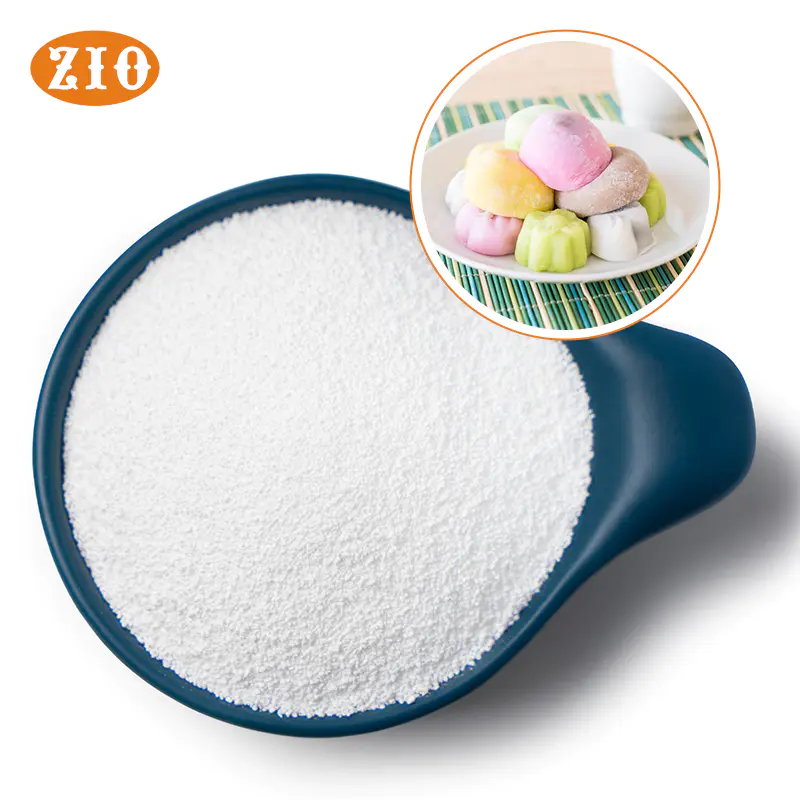
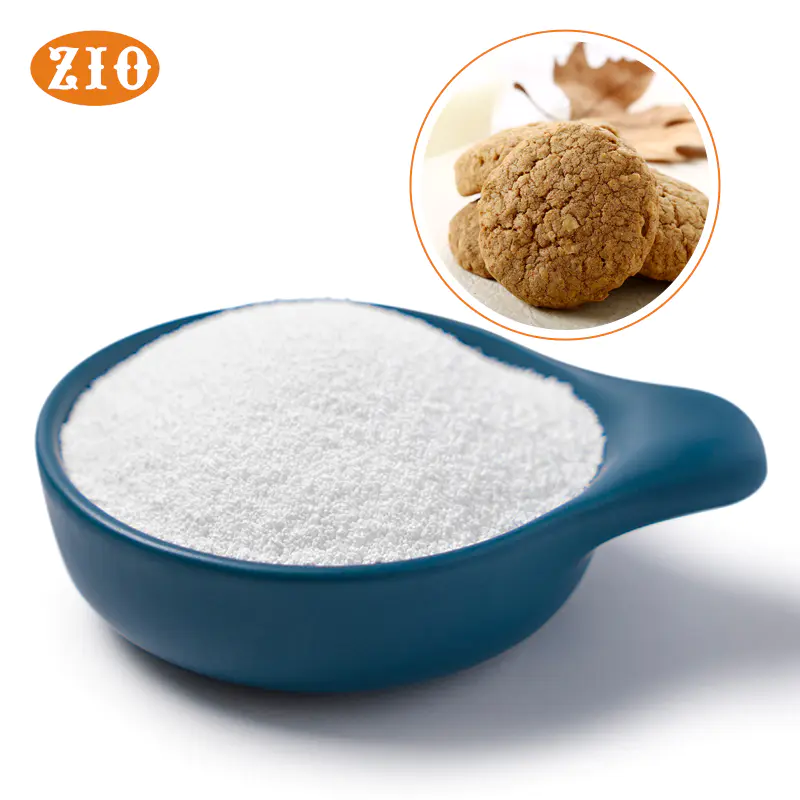
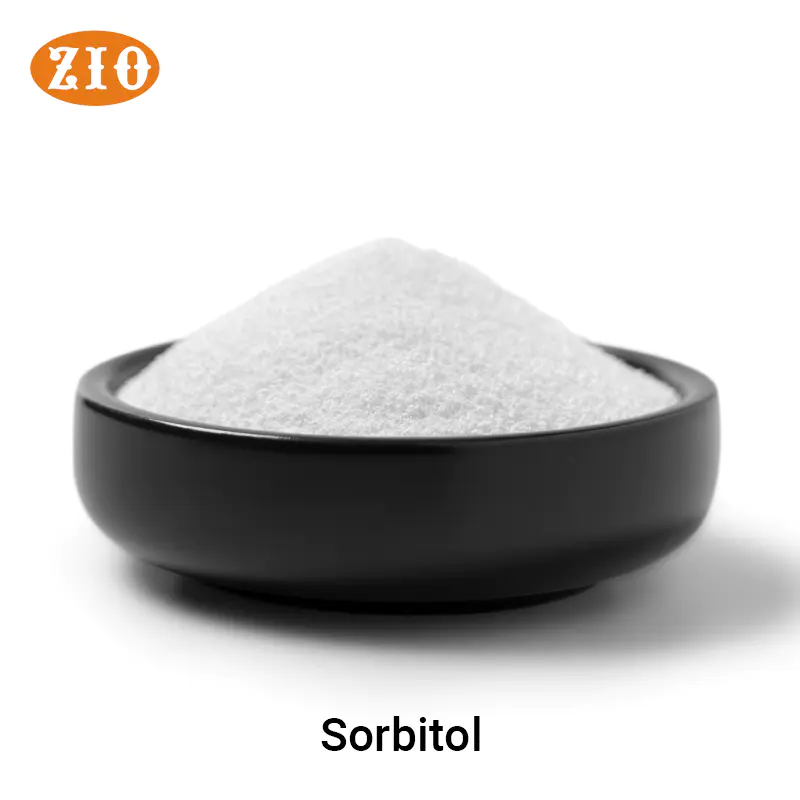

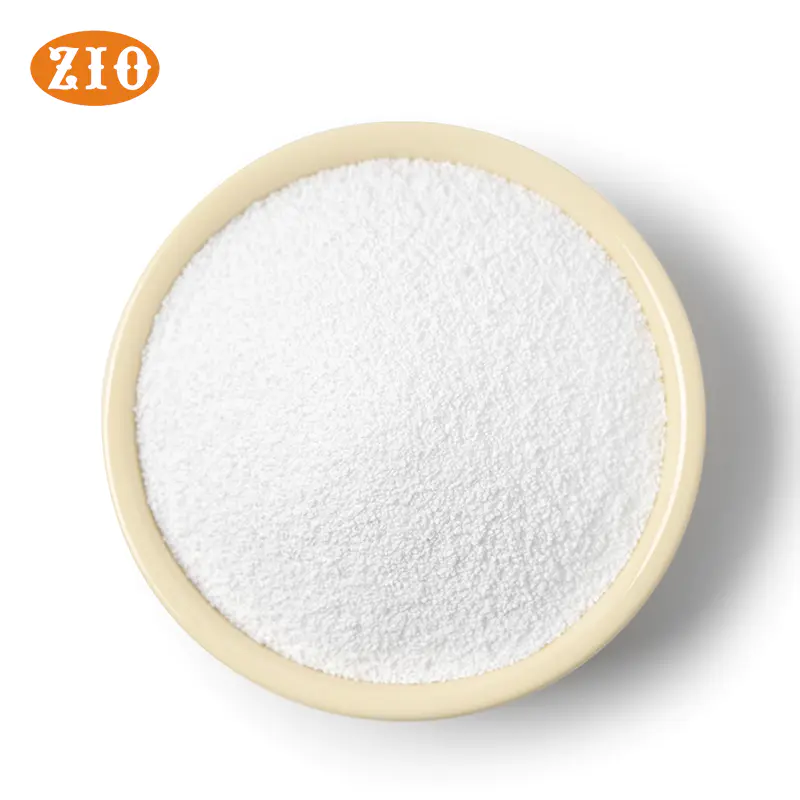
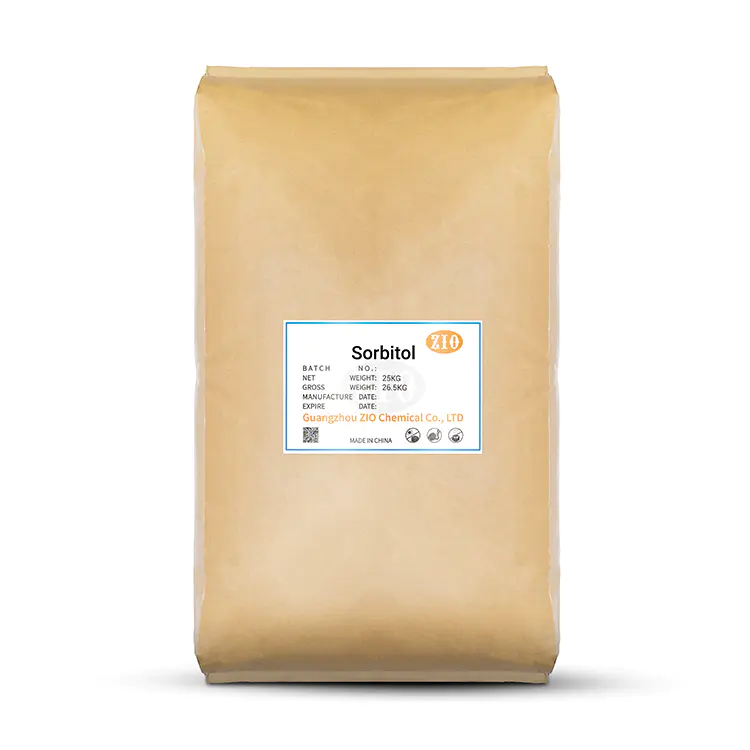
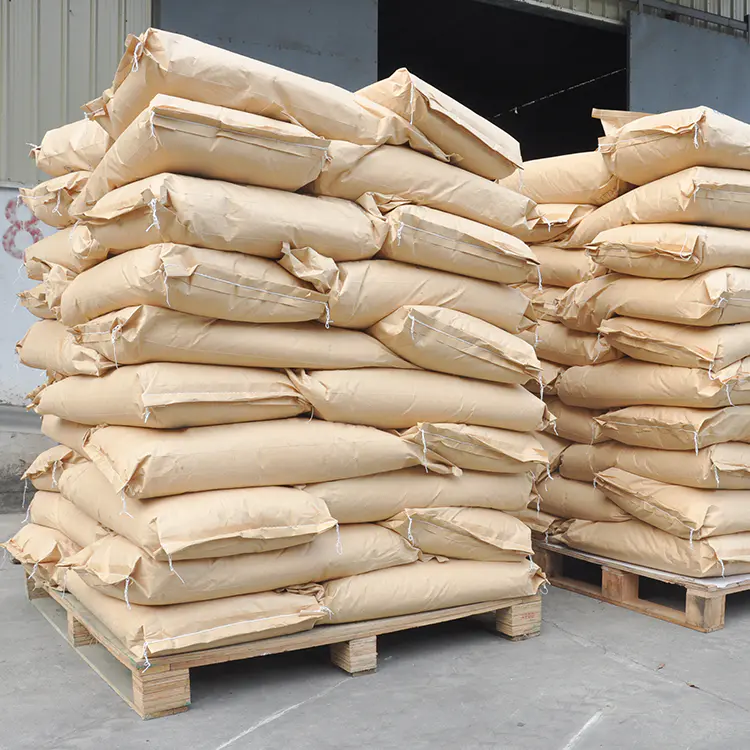

Sorbitol, also called D-sorbitol, 50-70-4, E420, and D-glucitol, is a type of carbohydrate. It falls into a category of sugar alcohols called polyols.
This water-soluble compound is found naturally in some fruits, including apples, apricots, dates, berries, peaches, plums, and figs.
It’s also commercially manufactured from corn syrup for use in packaged foods, beverages, and medications.
Commercially, sorbitol is used to preserve moisture, add sweetness, and provide texture to products, as well as potentially support digestive and oral health.
The main purpose
1. It can be used as a raw material for the production of vitamin C. Sorbitol can be obtained by fermentation and chemical synthesis. It can also be used as a raw material for industrial surfactants to produce Span and Tween surfactants. Sorbitol has moisturizing properties and can replace glycerin in the production of toothpaste, cigarettes and cosmetics. Using sorbitol and propylene oxide as raw materials, polyurethane rigid foam with certain flame retardant properties can be produced. In the food industry, it can be used as a sweetener, humectant, chelating agent and tissue modifier. In the pharmaceutical industry, sorbitan esters generated by nitration of sorbitol are coronary heart disease. Food additives, cosmetic raw materials, organic synthesis raw materials, humectants, solvents, etc.
2. Nutritional sweeteners, humectants, chelating agents and stabilizers. It is a special sweetener with moisturizing properties. It is not converted into glucose in the human body and is not controlled by insulin, so it is suitable for human use. It can be used in cakes, the maximum usage amount is 5.0g/kg; the maximum usage amount in surimi and its products is 0.5g/kg. It can also be used as a defoamer for sugar making, brewing and soy products. It can be used in moderation according to production needs. It can also be used for moisturizing raisins, thickening and preserving aroma of alcohol and refreshing beverages, as well as candy and chewing gum.
3. Synthetic resins and plastics, separation and analysis of low-boiling oxygen-containing compounds, etc. Also used as gas chromatography stationary liquid, thickener, hardener, insecticide, etc.
4. It can be used as a stationary liquid in gas chromatography for the separation and analysis of low-boiling oxygen compounds, amine compounds, nitrogen or oxygen heterocyclic compounds. Also used in organic synthesis.
5. It is used as a humidity conditioner for toothpaste, cosmetics and tobacco. It is a substitute for glycerin, its moisturizing property is milder than that of glycerin, and its taste is also better. Can be used in combination with other moisturizers for synergistic effects. It is also used in the pharmaceutical industry as a raw material for the manufacture of vitamin C.
6. Dehydrating agent. For cerebral edema and increased intracranial pressure, increased intraocular pressure in glaucoma, and also for edema and oliguria with normal heart and kidney function.
7. Aquatic water retention agent. The ratio of sucrose 2.1% + sorbitol 3.15% + complex phosphate 1.00% can effectively reduce the water activity of dried fish fillets and increase the activity of Ca-ATPase.
Application
According to my country's "Hygienic Standard for the Use of Food Additives" (GB2760-1996): Sorbitol (liquid) can be used in ice cream, popsicles, cakes, beverages, biscuits, bread, pickles and candies according to production needs. In actual production, sorbitol can be used as nutritional sweetener, humectant, chelating agent and stabilizer. Foods using sorbitol can be eaten by patients with liver disease and cholecystitis. In addition to being used as a sweetener, sorbitol also has the functions of moisturizing, chelating metal ions, improving texture (making cakes delicate and preventing starch aging)

Product Image





